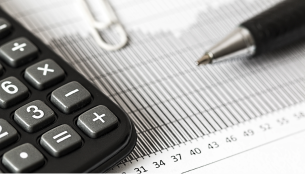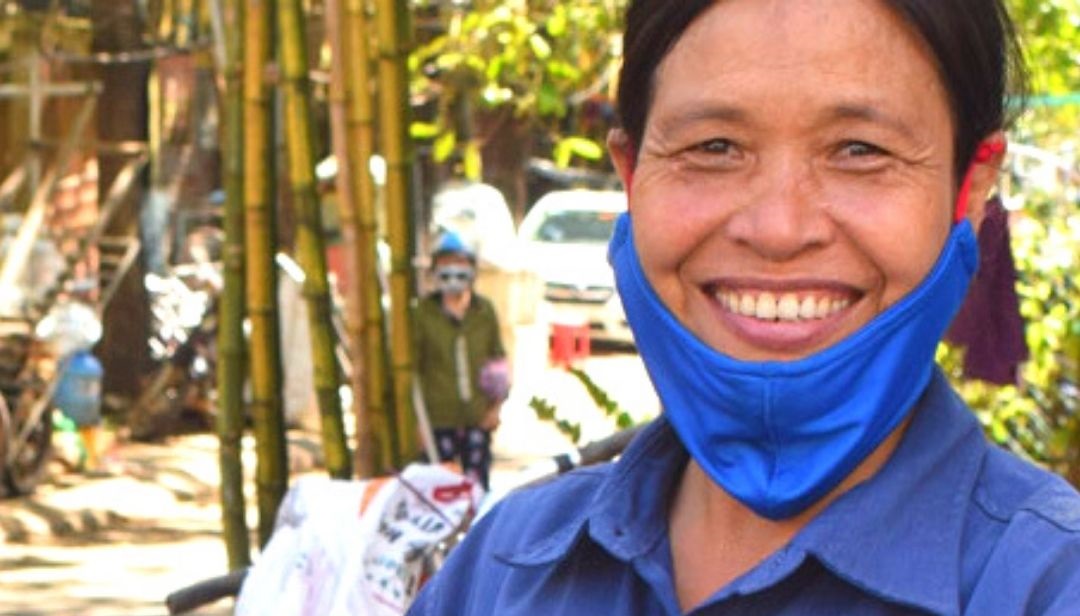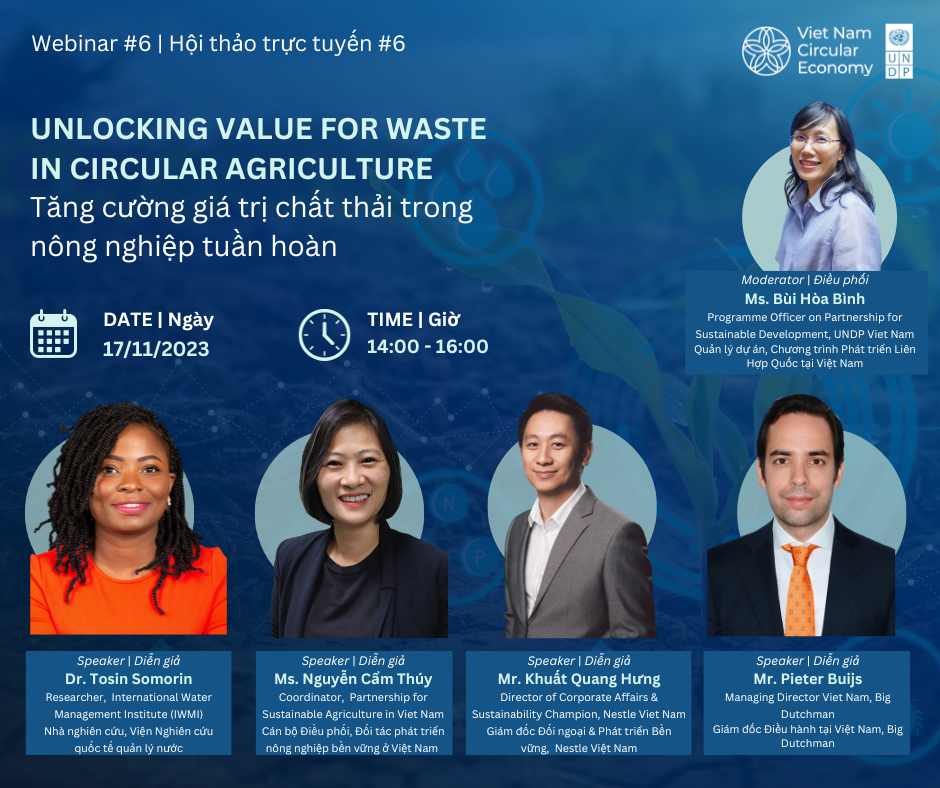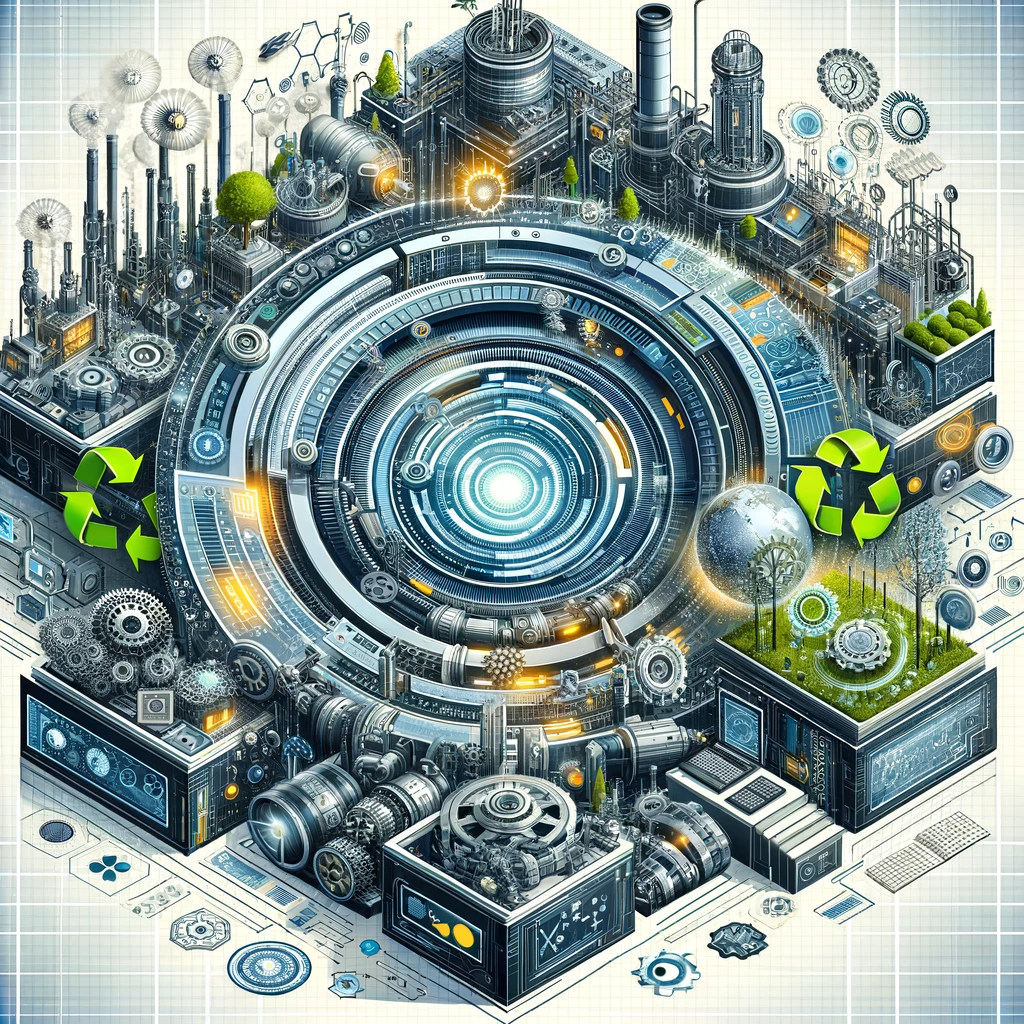One Planet Multi-Partner Trust Fund for SDG 12 Annual Report 2020
Increasing the use of non-fired bricks (NFBs) within the building materials sector is a trend in many countries, including Vietnam. NFBs are currently grouped into 3 main types including concrete bricks (also called aggregate cement bricks), autoclaved aerated concrete (AAC) bricks, and foam concrete bricks (light bricks). In terms of circular economy approach, there is a big potential that NFBs can be produced with the use of a significant portion of solid wastes from other sectors such as ash generated from burning rice husk in industrial boilers, fly ash and slag from thermal power, ground-granulated blast-furnace slag and steel slag from steel mills, etc. which can help to save the virgin material resources (i.e. clay, non-renewable minerals) and enhance economic benefits. From the perspective of GHG emissions, production of NFBs also help to reduce the demand of fuel and energy (electricity, coal, wood, etc.) for firing products like those used for production of fired bricks, which ultimately can help to reduce the associated direct and indirect CO2 emissions.
To replace the use of traditional red bricks, the promotion of using NFBs has been stipulated in many policies such as Program of Developing Non-fired Building Materials according to the Decision No.567/QD-TTg of the Prime Minister; Decision No.1469/QD-TTg of the Master Plan on Development of Construction Materials in Vietnam to 2020 and Orientation to 2030; Directive No.10/CT-TTg Strengthening the Use of Non-fired Building Materials and Restricting the Production and Use of Baked Clay Bricks; Circular No.13/2017/TT-BXD Regulating the Use of Non-fired Construction Materials in Construction Works. For examples, according to the Circular No.13/2017/TT-BXD, the projects using state budget for constructing new buildings in Hanoi and Ho Chi Minh cities must use 100% of non-fired building materials or newly constructed buildings with more than 9 storeys must use at least 80% of non-fired building materials in the total amount of building materials.
Challenge and intervention
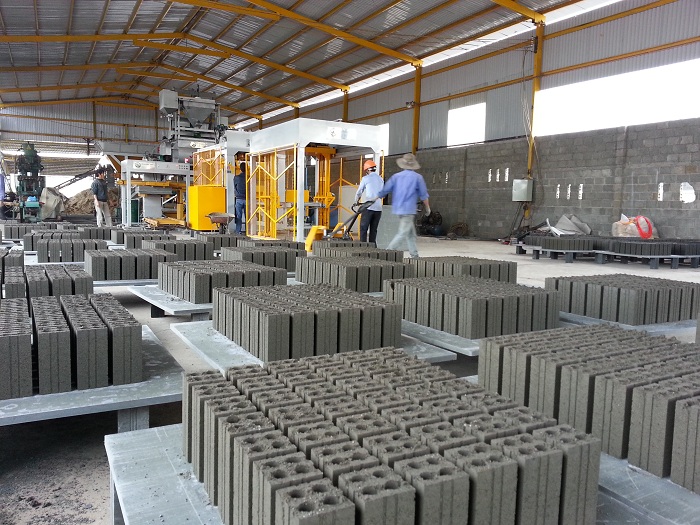
As one of the typical cases for using ash and slag generated from power plant to produce NFBs, Thanh Tuyen Company in Quang Ninh province has been one of the biggest companies in Vietnam that abandoned the fired brick production and made investment for advanced automatic production line of NFB that imported from developed countries. The Company has produced NFBs using ash and slag generated from the Dong Trieu Power Plant and Mao Khe Power Plant in Quang Ninh province as the input materials. As the Company is located closely to the Mao Khe Power Plant, the ash generated from this power plant is directly transferred to the company through the conveyer belt connecting the power plant and the company, thus eliminate the transportation cost and reduce the production cost. In order to enhance the quality of products, the Company learned the technologies from Japan for appropriately processing the ash and slag. The Company’s production capacity for NFB products including wall brick (60 million units/year), tile (3 million m2/year), tile (3 million m2/year), sidewalk Terrazzo brick (500,000 m2/year), and high-class interior and exterior brick (1 million m2/year). The non-fired wall brick produced by the Company has the size same as the traditional fired wall brick, however, its composition includes 80% ash and slag and 20% cement which can reduce its weight (1.4 kg/unit). With the capacity of over 90 million NFBs per year now, the production can save more than 200,000 m3 clay and thousands of tons of coal. However, according to the Director of Company, there are still several difficulties for the Company in selling their NFBs products to the market as the traditional fired brick products are still dominant, despite of many efforts made by the Government in replacing traditional fired brick products by NFBs.





